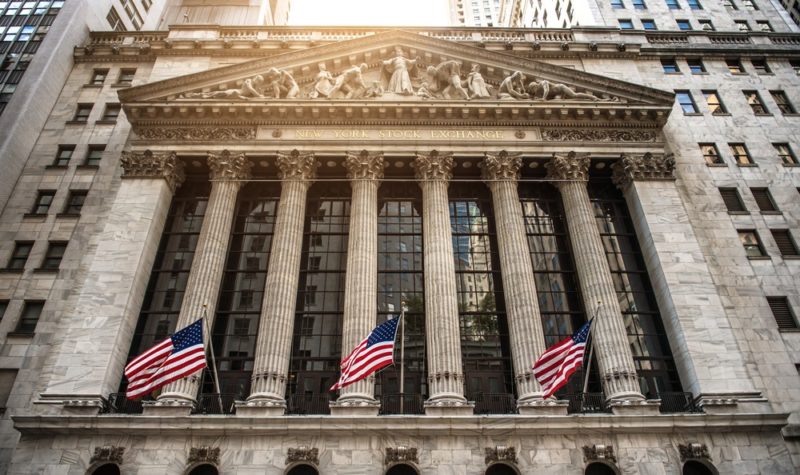The tracker funds distorted by the pandemic

Capitalisation-weighted index trackers have seen their exposure to Covid winners increase at the expense of the Covid losers, which leaves them open to a reversal of fortune in 2021.
One of the key trends in the last few years has been the growth in the use of index trackers, which now account for £229bn or 18% of all open-ended funds in the UK. These passively managed vehicles aim to replicate the performance of a designated benchmark, but may not offer the sort of risk-return profile that investors anticipate.
Take the US as an example. There is a lot of talk about the buoyant state of the stock market not reflecting the weakness of the economy. This is partly due to the fact that investors are looking ahead to a return to normality once the vaccine has been rolled out, but it is also a result of the distortions caused by Covid.
The most widely used benchmark in the US is the S&P 500, which consists of 500 leading companies in the country, which between them account for more than 80% of the total stock market capitalisation. It is a capitalisation-weighted index and has been dramatically affected by the share price movements caused by the pandemic.
The S&P 6
I wonder how many passive investors realise that the index, which has $11.2 trillion of assets benchmarked against it, is actually dominated by its five largest constituents, all of which are tech stocks? Apple, Microsoft, Amazon, Facebook and Alphabet have been growing for years, but they have also been major beneficiaries of the pandemic as people stayed at home.
Between them these five stocks account for around a fifth of the index, and later this month they will be joined by Tesla in sixth place, which will add a further 1.7%. The six will make up the same proportion of the benchmark as the smallest 369 constituents.
The long-term performance of these tech stocks has been phenomenal and they have largely driven the growth in the S&P 500, but there is now a significant concentration risk. If the vaccine enables the US economy to get back to ‘normal’ then the main beneficiaries of the pandemic could weaken, in which case the S&P 500 might be more vulnerable than many investors realise.
FTSE All-Share
The UK is almost a mirror image, as the FTSE All-Share index is dominated by companies that have been badly affected by the pandemic. Its largest sector weightings are financials at 25%, consumer goods 17% and consumer services 12%, with tech only accounting for one percent.
Of course, the uncertainty associated with Brexit hasn’t helped, but that will have to be resolved by the end of the year and if the vaccine enables the economy to recover in 2021 there could be a sizeable rally in all these well-represented areas. Morgan Stanley, like many others, favours the early-cycle outperformers, which include high quality financials and materials, as well as the sectors hit hardest by the lockdowns like travel and leisure.
A good example of a FTSE All-Share tracker is the iShares UK Equity Index Fund, which has over £10bn in assets under management and ongoing charges of just 0.06%, although there are plenty of others to choose from. If you are comfortable with the risks and want to stick with US tech, then one option would be the iShares Core S&P 500 UCITS ETF (LON: CSP1).
Comments (0)